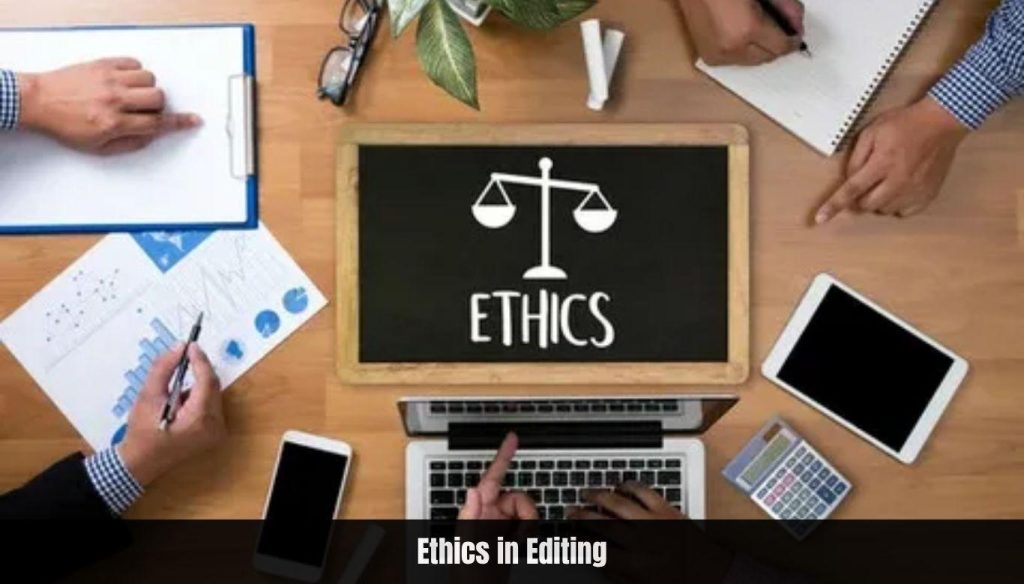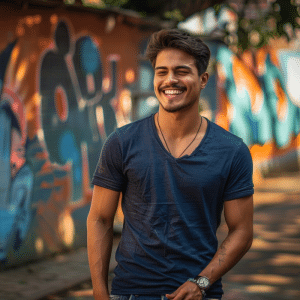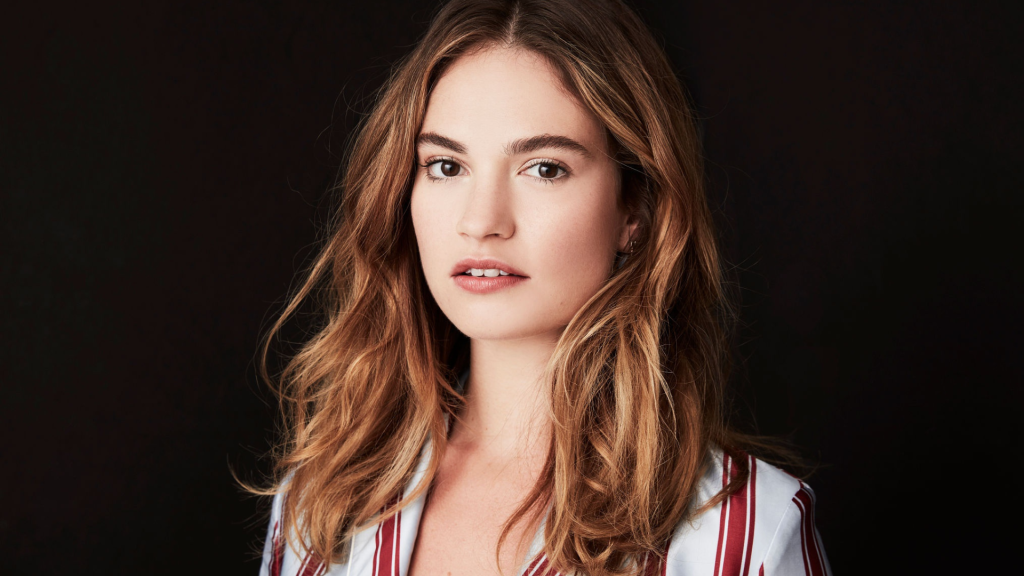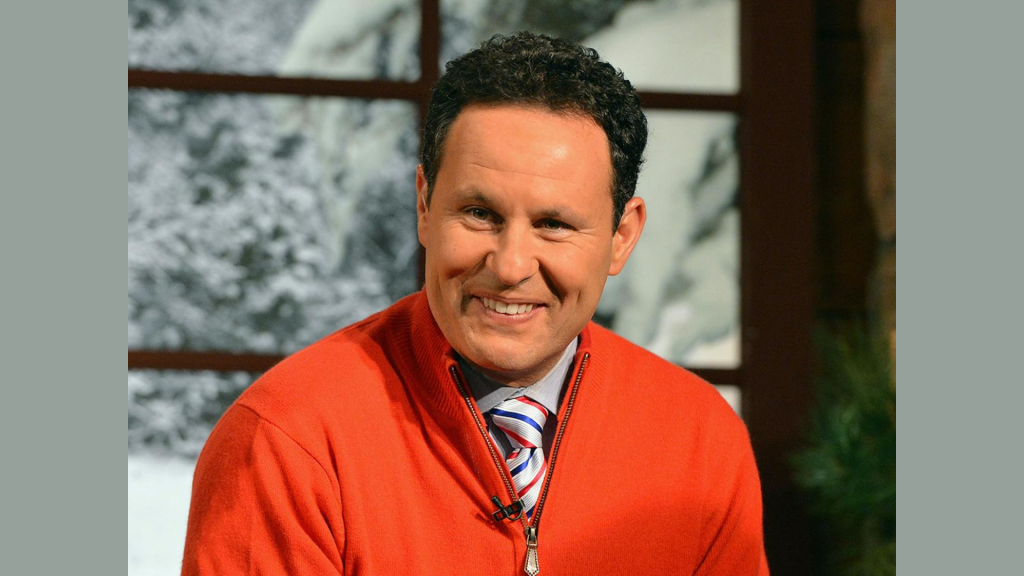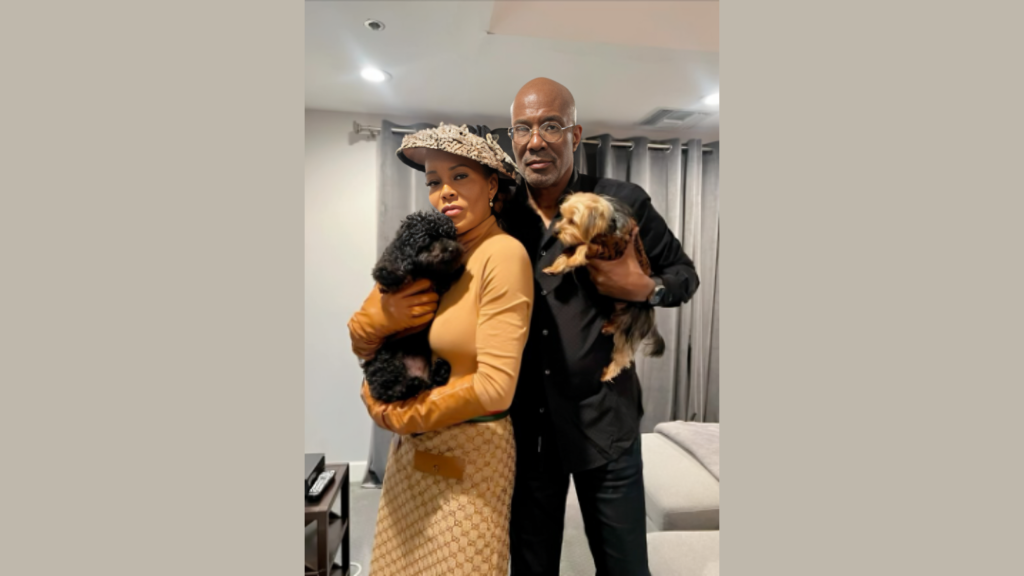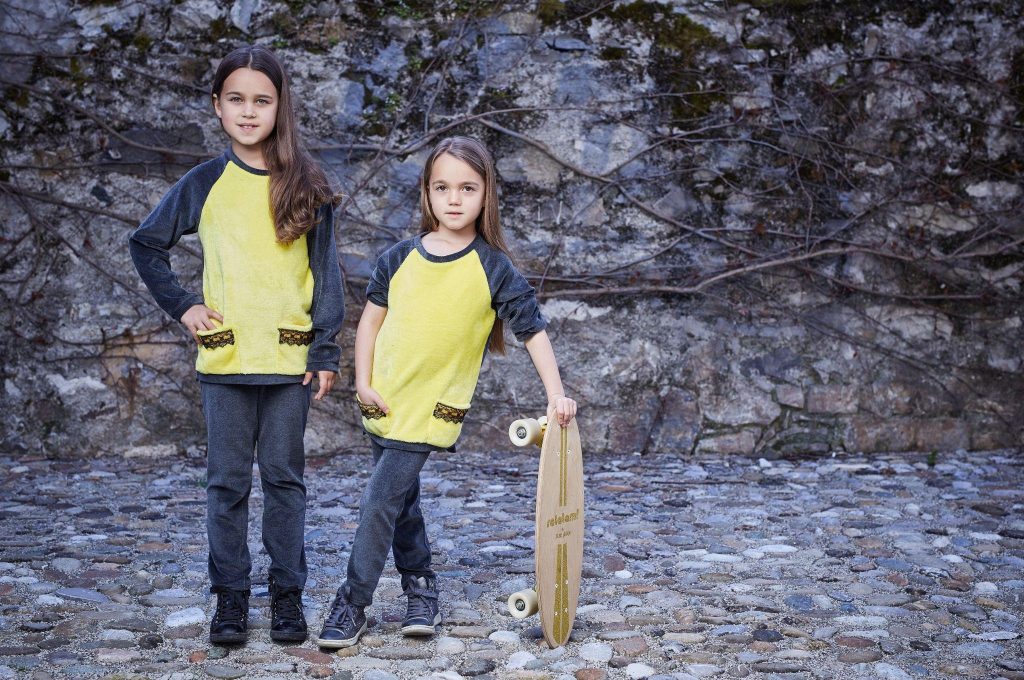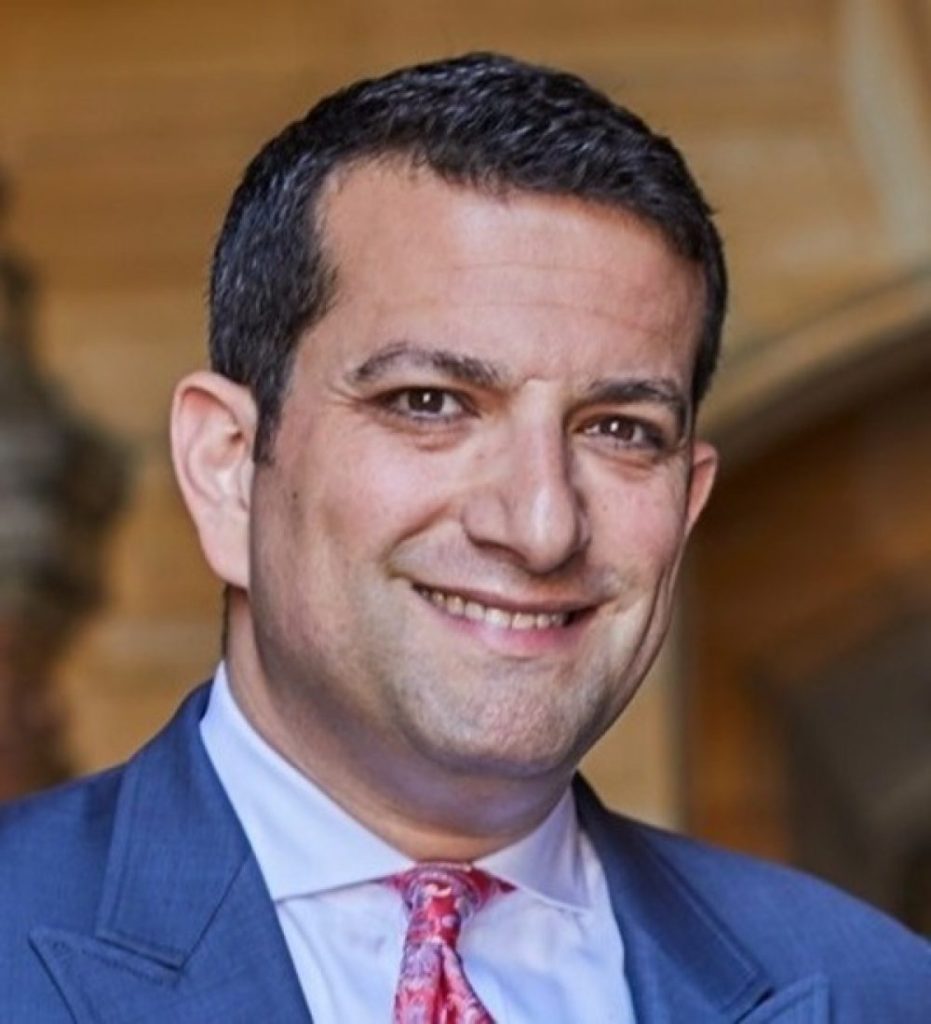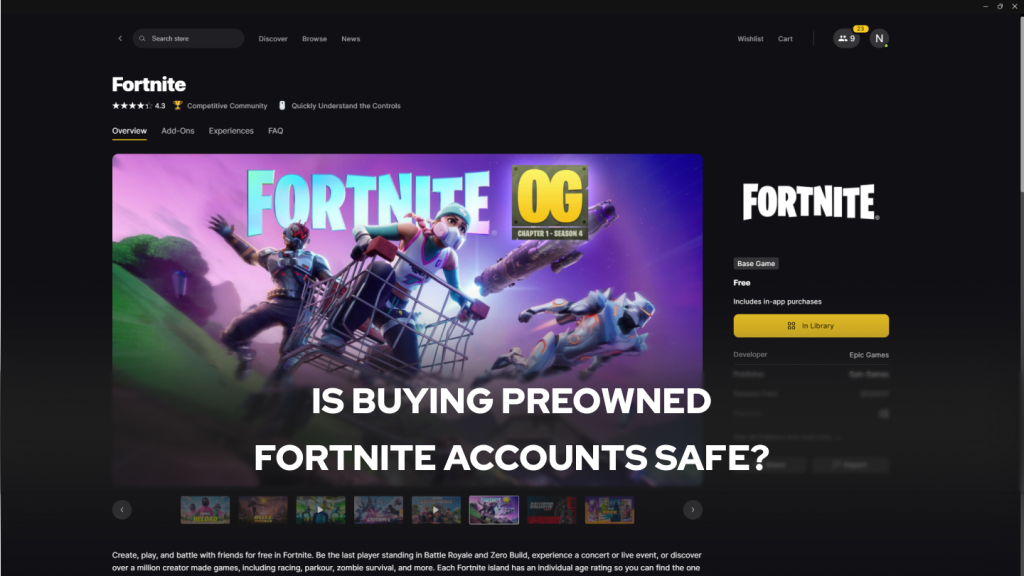Opening Instagram, you see your favorite influencer.Their skin appears faultless.Their body looks fantastic.Their space seems like a magazine.Too wonderful to be believable everything appears.Guess what also, though.Occasionally it is.
Many influencers manipulate their photographs and videos using particular computer applications.They give themselves a look different from real life.This is known as editing patner . Still, is this acceptable? Should they inform you when they alter their photographs?
Let’s consider what is factual and what is not.We will see how to spot counterfeit images.We will also see why some editing is beneficial and some is terrible.
What Is Editing of Photography and Video?
Editing is modifying computer images or movies.Imagine it like employing a magic eraser.You can get rid of unwanted items.Colors can be made more vivid.You can even completely change people’s looks.
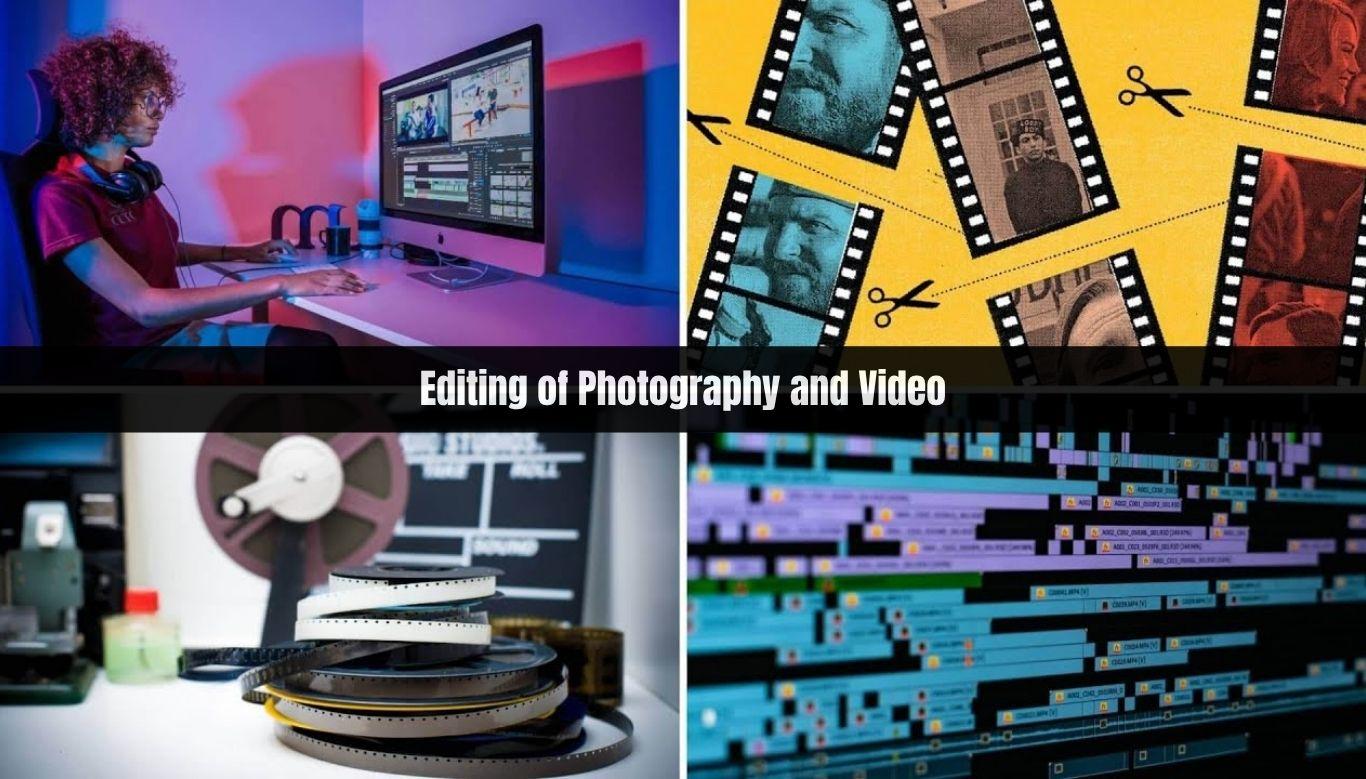
There are many ways to edit photos and videos:
- Making skin look smoother
- Changing body shapes
- Removing pimples or scars
- Making teeth whiter
- Changing backgrounds
- Making colors brighter
Simple Editing Examples:
- Removing a trash can from a beach photo
- Making a cloudy day look sunny
- Fixing red eyes in photos
- Making food look more colorful
Advanced Editing Examples:
- Making someone look thinner or bigger
- Changing face shapes
- Adding or removing people from photos
- Creating fake backgrounds
Professional video editing companies and studios help influencers create perfect content. These experts use special software to make amazing changes. A video editing agency can transform ordinary videos into movie-like content.
Some editing takes just a few minutes. Other editing can take many hours. The more changes you make, the longer it takes. Professional video editing studios have teams of people working on single videos.
Why Do Influencers Edit Their Content?
Influencers modify their images and videos for a variety of purposes. Let’s examine the key ones:
To Look Better: Most people want to look their best online. Influencers have smooth skin, white teeth, and get rid of pimples. They want to astound their fans. This enables them to gain more likes and followers.
To Make Money: Companies hire influencers to display their goods to profit. Money-wise, the more an influencer looks, the better. Brands want to collaborate with people who possess perfectly appearing material.
To MatchOther: When everyone else appears flawless online, influencers experience pressure to be as well. They don’t want to appear worse than other influencers. This produces a loop whereby everyone edits more and more.
To Hide Flaws: Everyone has bad skin days or messy rooms. Editing helps hide these normal things. It makes life look more exciting and perfect than it is.
To Create Art: Some influencers see editing as making art. They create beautiful, dream-like images. These aren’t meant to show real life. They’re meant to be pretty pictures.
Many influencers work with a video editing company to create consistent content. These professionals help maintain a certain look and style. A good editing partner can make content that stands out from the crowd.
The problem starts when editing goes too far. When influencers change how they really look, it can confuse followers. Young people might think these fake looks are normal and real.
The Good Side of Editing
Not all editing is bad. Some editing helps make content better and more enjoyable:
|
Fixing Technical Problems |
Creative Expression |
Professional Quality |
|---|---|---|
|
Adjusting the lighting that was too dark |
Adding fun effects and filters |
Making content look polished and professional |
|
Removing background noise from videos |
Creating artistic backgrounds |
Ensuring consistent quality across all posts |
|
Fixing shaky camera movements |
Making educational content more engaging |
Meeting brand standards for partnerships |
|
Correcting color problems |
Telling stories through visual effects |
Creating content that competes with traditional media |
A professional video editing studio can help creators produce content that educates and entertains. They can add helpful graphics, smooth transitions, and clear audio. This type of editing improves the viewing experience.
Educational Benefits:
- Adding text to explain complex topics
- Using graphics to show information clearly
- Creating engaging content that holds attention
- Making learning fun and interactive
Good editing also helps small creators compete with bigger influencers. A skilled video editing agency can make simple videos look professional. This levels the playing field for everyone.
The Dark Side of Editing
However, some editing can be harmful and misleading:
Unrealistic Beauty Standards: When influencers heavily edit their appearance, it creates impossible standards.Young fans could believe they should mimic these edited versions.This can produce bad behaviors and low self-esteem.
False Advertising: Should influencers modify their bodies while advertising fitness items, that is misleading. They are marketing something based on fictitious outcomes.This deceives customers into purchasing goods that may not be effective.
Mental Health Effect: Regularly viewing flawless, edited content makes people feel bad about themselves.Studies show that especially in teenagers, social media can aggravate anxiety and depression.
Loss of Authenticity: Editing everything makes nothing feel genuine any longer.Fans distrust influencers.Creators and audiences’ genuine interaction degrades.
Some video editing companies refuse to do certain types of extreme editing. They understand the responsibility that comes with their work. Ethical editing partners help creators enhance content without creating false impressions.
How to Spot Edited Content
Learning to identify edited content is an important skill for everyone.
Here are simple ways to spot fake or edited photos and videos:
Look for These Signs: Skin that looks too smooth and plastic-like appearance. Body parts that look bent or wavy unnaturally. Backgrounds that don’t match the lighting on the person. Shadows that don’t make sense with lighting. Objects that look stretched or squished inappropriately.
Check the Details: Look at the edges where the person meets background. Notice if walls or lines look curved when they should be straight. See if the lighting matches throughout the entire image. Check if proportions look natural and realistic always.
Use Your Common Sense: Does this look too perfect to be real life? Would a normal person look like this in reality? Are all their photos consistently perfect without flaws? Do they ever show any flaws or normal features?
Compare Multiple Photos: Look at their old photos versus new ones posted. Check if their appearance changes dramatically between different posts. See if their face or body shape looks different. Notice if they look the same in videos.
Professional video editing studios often leave subtle signs of their work behind. Expensive editing might be harder to spot, but inconsistencies usually remain visible. A good editing partner will maintain realism while improving quality.
Teaching Kids to Be Smart Viewers
Kids and teenagers are most affected by unrealistic social media content. Here’s how to help them understand what they’re seeing:
Start Conversations:
- Talk about how editing works
- Explain that most influencer photos are changed
- Show examples of before and after editing
- Discuss how this might make them feel
Teach Critical Thinking:
- Ask questions about what they see online
- Help them understand that perfection isn’t real
- Encourage them to think about why influencers edit
- Show them how to research and fact-check content
Promote Realistic Expectations:
- Follow influencers who show real, unedited content
- Discuss normal human features and variations
- Celebrate diversity in appearance and lifestyle
- Emphasize that everyone has flaws, and that’s okay
Encourage Balance:
- Limit social media time
- Promote offline activities and hobbies
- Help them build self-esteem through achievements
- Create tech-free family time
Many schools now teach media literacy. This helps students understand how images and videos can be manipulated. Education is the best defense against misleading content.
The Responsibility of Influencers
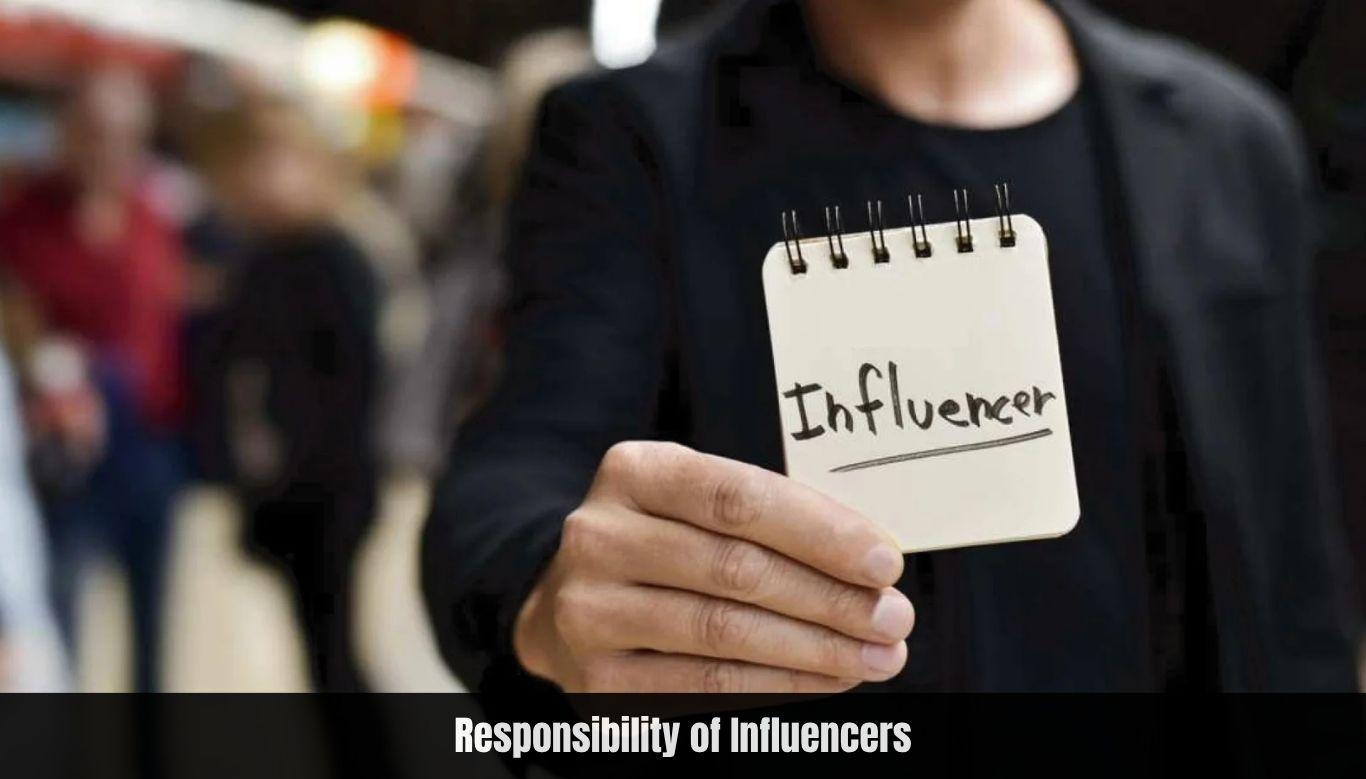
Influencers have millions of followers, especially young ones. This gives them great responsibility:
Millions of people, especially young ones, follow influencers.This provides them tremendous accountability:
Having Honest: Influencers ought to let their fans know when they alter photos or videos.Many nations now demand this revelation.Hashtags like edited or filtered help viewers grasp what they are seeing.
Setting Good Examples: Popular influencers should show realistic versions of life sometimes.Included here are bad hair days, messy rooms, and typical skin.It helps followers realize that perfection is not actual.
Encouraging Positive Messages: Rather than only presenting ideal images, influencers can help selfacceptance.Being at ease with yourself, body positivity, and mental health can all be discussed.
Working with Ethical Partners: Choosing the right video editing company matters.Ethical editing collaborators will not produce damaging or improbable material.Instead of totally transforming looks, they concentrate on improving them.
Some influencers now display before and after editing samples.This clarity aids supporters in grasping the editing process.It fosters reasonable expectations and develops confidence.
What Parents and Teachers Can Do
Adults play a crucial role in helping young people navigate social media safely:
For Parents:
- Monitor your child’s social media use
- Discuss what they see online regularly
- Help them understand editing and filters
- Encourage diverse interests beyond social media
- Model healthy social media habits yourself
For Teachers:
- Include media literacy in the curriculum
- Show students how editing works
- Discuss the psychology of social media
- Encourage critical thinking about online content
- Create projects that explore media manipulation
Creating Support Systems:
- Build environments where kids feel comfortable asking questions
- Provide resources about body image and self-esteem
- Connect families with mental health support when needed
- Encourage open dialogue about social media pressure
Professional video editing studios sometimes visit schools to demonstrate their work. This educational approach helps students understand the technical side of editing. Knowledge reduces the mystery and power of edited content.
The Future of Ethical Editing
The editing industry is changing. New rules and technologies are emerging:
Platform Changes:
- Instagram now labels edited photos automatically
- TikTok is developing editing detection tools
- YouTube requires disclosure of digital alterations
- New apps show editing history
Industry Standards:
- Professional video editing agencies are creating ethical guidelines
- Editing software companies are adding reality checks
- Influencer management companies require transparency
- Brands are demanding more authentic partnerships
Technology Solutions:
- AI can now detect heavily edited images
- Blockchain technology might track editing history
- New apps help create content without harmful editing
- Educational tools are becoming more sophisticated
The goal isn’t to eliminate editing. Instead, the focus is on responsible editing that enhances without deceiving. A good editing partner helps creators improve content while maintaining authenticity.
Making Better Choices
Everyone can make choices that promote healthier social media use.
For Content Creators: Be transparent about your editing processes always. Show real life sometimes, not perfection. Partner with ethical video editing companies only. Consider the impact on young followers.
For Viewers: Follow diverse creators who show realistic content. Limit time spent on heavily edited posts. Practice critical thinking about what you see. Support transparent, honest influencers who inspire positively.
For the Industry: Develop better detection tools for fake content. Create clearer guidelines about proper disclosure requirements. Support education about media literacy programs nationwide. Prioritize user wellbeing over engagement metrics always.
The power to change social media culture lies with everyone participating. By making conscious choices daily, we can create a more honest environment. Together we can build healthier online communities.
Conclusion
Although social media editing won’t go, we can improve it.Knowing when editing benefits and when it hurts is the key.Good editing helps material to seem professional and more pleasurable.Poor editing produces fictitious norms that may damage people, especially young viewers.
Every one of us has a contribution.Influencers should be truthful regarding their editing.Teachers and parents should assist children in grasping what is genuine online.Companies working in video editing ought to be ethical.And viewers should question what they observe.
The aim is neither ideal people nor perfect content.Honest, useful content that makes people feel good about themselves is the aim here.With simply enough editing to make it lovely, social media can be a venue celebrating real people and real life when we cooperate.
Frequently Asked Questions
How can I determine whether an influencer has modified their images?
Look for body components that seem unnatural, wavy backgrounds, or unreasonable smooth skin.Their images should be compared to movies since edited images usually appear highly distinct from live videos.
Is all picture editing evil?
No, it’s usual for basic editing to involve correcting illumination or deleting transient flaws.When editing either sets unattainable beauty expectations or misleads people about products, problems arise.
Influencers don’t tell us when they edit images; why not?
Some influencers are concerned that confessing to editing will reduce their popularity.Many nations now, though, demand disclosure, and fans are increasingly trusting honest influencers.
Do editing applications on phones produce distorted pictures?
Yes, many smartphone apps can drastically modify appearance in real-time.These filters can make people appear radically different from their true selves, therefore raising unreasonable expectations.
How can parents assist children with modified social media material?
Start discussions on editing, teach critical thinking, restrict social media use, and help children develop self-esteem by means of practical activities and achievements.


